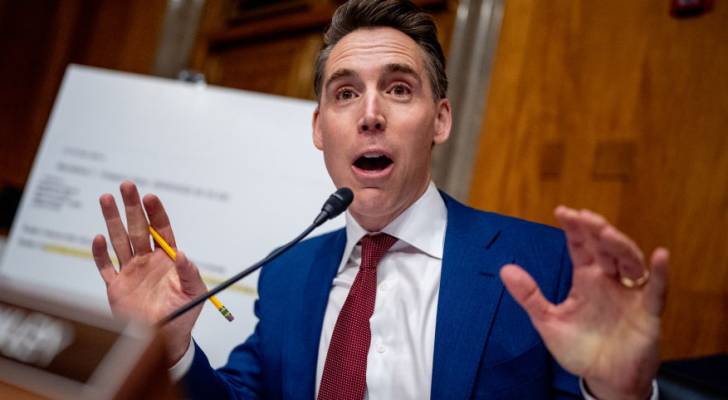Frances Yue
5 min read
New legislation that aims to regulate stablecoins, a type of cryptocurrency whose value is pegged to another asset, is on its way to a vote in the Senate.
Should the bill become law, crypto bulls see potential for it to drive wider adoption of dollar-linked stablecoins, and possibly to strengthen the battered U.S. dollar. Cryptocurrencies also may end up playing a much bigger role in the broader financial system, analysts said.
The bill, called the Guiding and Establishing National Innovation for U.S. Stablecoins Act — or Genius Act — aims to provide a regulatory framework for stablecoins and their issuers. If enacted, it would be the first legislation in the U.S. regulating the $248 billion stablecoin market.
Stablecoins could play a more important role in financial markets down the road because they can serve as a bridge between traditional finance and the $3.3 trillion crypto market, while facilitating trading, borrowing and lending in the crypto ecosystem. Currently, 83% of stablecoins are denominated in U.S. dollars, according to a recent note from Deutsche Bank.
The Genius Act moved through a procedural vote on Monday, allowing Senate Republican leaders to bring the legislation to the floor for a final vote, which could happen as soon as this week.
But the legislation still faces hurdles. The Senate bill, if passed, would need to be reconciled with a version approved by the House Financial Services Committee, and then both chambers of Congress must agree on a single bill before sending a final version to President Donald Trump for his signature.
“There are still a lot of moving pieces,” said Jennifer Schulp, director of financial regulation studies at the Cato Institute, a libertarian think tank.
The bill previously faced roadblocks after some Democrats expressed concerns around language that would have allowed big technology companies and elected officials to issue their own stablecoins.
The current bill outlines specific regulators for different stablecoin issuers, details requirements for stablecoin reserves and lists consumer-protection measures, measures that have helped it garner bipartisan support, according to Stephen Gannon, a partner specializing in financial services at law firm Davis Wright Tremaine.













